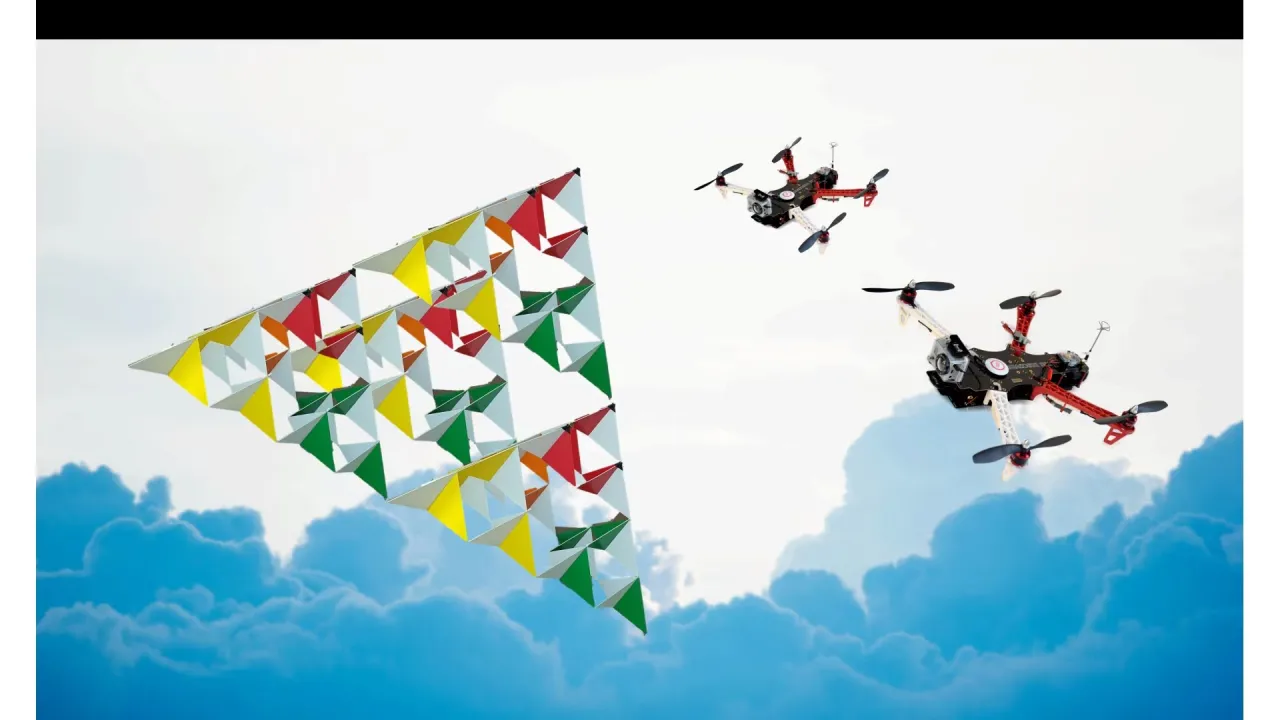
Aerial Robotics
Overview
Aerial Robotics
Mankind has looked up to creatures of the sky and dreamt of flight. While this dream has been well realized through modern passenger and cargo flight technologies, recent developments in various technologies have propelled aerial robotics to the front lines of research and technology. Drones, and aerial robots in general, experienced an exponential widespread in several applications in the past decade. Civilian applications are by far predominant and vary from the mundane tasks of transportation and delivery to the more sophisticated ones of remote sensing, security, and surveillance. Other applications include applications in the fields of energy, agriculture, entertainment, emergency response, and others. As aerial robots become more and more ubiquitous in our lives, research must go hand in hand. There are several problems and challenges to address in this area of research.
One challenging problem is related to systems of multiple robots. They play an important role in the field of robotics as they provide solutions to problems that would otherwise be hard to tackle by single robots. Aerial modular robots, or aerial robotics assemblies, are typically able to achieve different shapes and sizes depending on the number of modules constituting them and the way they are connected. This reconfiguring ability allows for greater adaptability to the task performed and enhanced robustness via redundancy. In such a robotic assembly, constituent smaller drones are more convenient to transport. Also, three-dimensional structures are stronger and more rigid than two-dimensional ones, which is critical for supporting payloads. Inspired by earlier designs by Alexander Graham Bell, fractal modular drones can become a larger vehicle while keeping an inherent ability for flight and good aerodynamic properties. A characteristic of fractals is to have a geometry that can be assembled to generate the same geometry with a larger scale as needed. To this end, a module of the shape of a tetrahedron can be assembled in larger tetrahedral configurations of one, four, sixteen, and more modules. Both multirotor aircraft and vertical takeoff and landing (VTOL) fixed-wing aircraft are suitable for this modular design. Here, challenges include structural integrity, assembly configuration uncertainties, multi-robot system networking and control, aerodynamics, energy consumption, payload delivery system, flight formation assembly and disassembly, connection mechanisms, and safety.
Attention is drawn toward another challenging problem related to flying drones inside moving environments such as trucks, elevators, and boats for various applications and purposes. It is without a doubt that flying drones in such environments will add value to several applications. Flying drones inside GPS-denied moving environments, i.e. when the drone does not have access to its inertial position measurements, comes with a price: robotic motion sickness, caused mainly by sensor dissonance. This navigation problem is one step beyond the state of the art, which represents a major challenge as a proper formulation and analysis of the problem must be studied.
References:
[1] M. T. Shahab, K. Garanger, and E. Feron, “Control of an Assembly of Aerial Vehicles Under Uncertainty,” American Control Conference (ACC), Jun 2022. (to appear).
[2] Y. Marani, K. Telegenov, E. Feron, and M.-T. Laleg Kirati, “Drone reference tracking in a non-inertial frame using sliding mode control based extended Kalman filter with unknown input,” IEEE Conference on Control Technology and Applications (CCTA), Aug 2022. (to appear).
[3] Y. Marani, K. Telegenov, E. Feron, and M.-T. Laleg Kirati, “Drone Reference Tracking in a non-Inertial frame: Control, Design and Experiment,” Digital Avionics Systems Conference (DASC), Sep 2022. (to appear)
[4] B. Maassarani, K. Garanger, and E. Feron, “The Tetrahedrone: A Modular Fractal VTOL UAS,” IEEE/RSJ International Conference on Intelligent Robots and Systems (IROS), Oct 2022. (submitted).
[5] M. T. Shahab, O. Wali, and E. Feron, “Automatic Identification of a Modular Unmanned Aerial System (UAS) with Experimental Verification,” AIAA SciTech Forum (AIAA), 2023 (submitted).